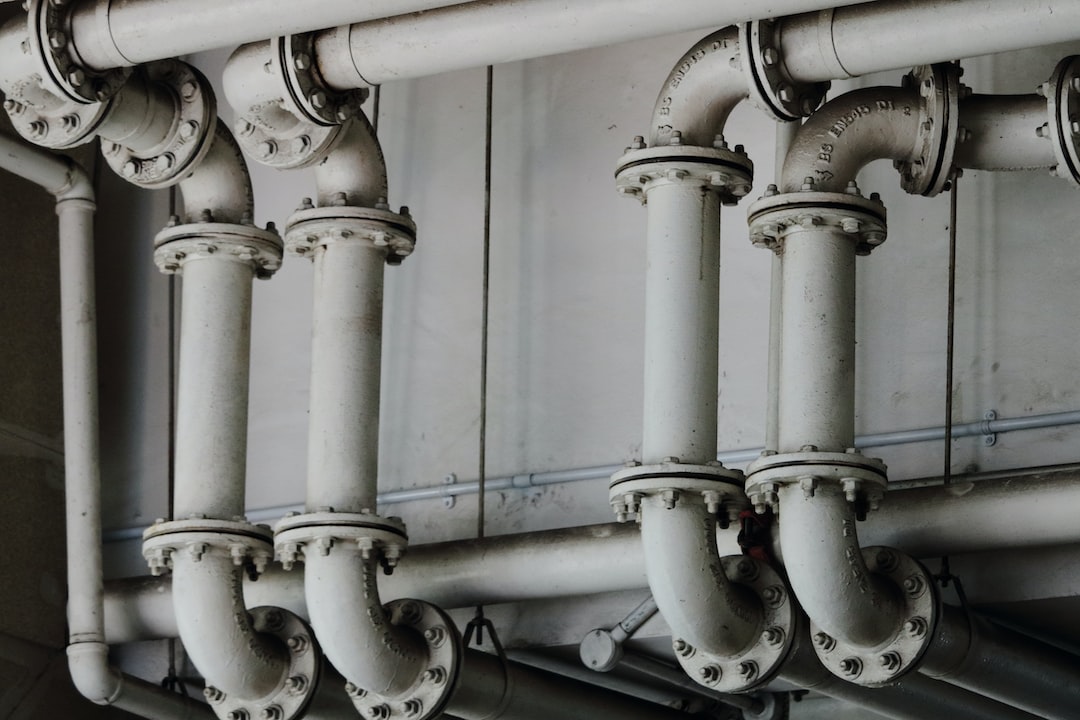
What You Need to Know About Pipe Lining
Sewer pipe lining is a non-destructive way to repair your broken pipes. It involves inserting an epoxy-saturated felt liner into the damaged pipes, inflating it and curing it into place. Residents should expect a short period of limited water and sewer use during the lining process. However, the long-term benefits outweigh this inconvenience.
What Is Pipe Lining?
Pipelining, also known as structural pipe lining or cured-in-place pipe (CIPP) lining, is a trenchless process that creates a new pipe inside your old one. It’s less expensive and time-consuming than traditional sewer repair methods, like pipe digging or replacing the entire sewer line. The lining process begins with a video inspection of your existing pipes to map out the location of cracks, holes, root infiltration and other issues that could affect the lining. Once we’ve determined the best action, we’ll begin cleaning and preparing the pipes for the lining.
What Is the Cost of Pipe Lining?
Sewer pipe lining costs about eight times less than a traditional sewer pipe replacement project. It also eliminates the need to dig up streets, reroute traffic and haul away debris. It is available for both residential and commercial properties. Depending on the length of the pipe that must be lined, residents may experience limited water and sewer use while the process is underway. Residents will be informed between 24 and 48 hours in advance if this is the case.
Using the correct equipment and techniques during a trenchless sewer pipelining will prevent unnecessary damage to surrounding gardens, sidewalks, lawns and landscaping. It will also preserve trees, shrubs and florae without killing them. Proper methods will also ensure that your property’s sewage and water lines are not damaged during the pipe repair and restoration, saving you time and money in the long run.
How Does Pipe Lining Work?
Pipelining, also known as structural pipe lining or cured-in-place (CIPP) pipe lining, creates a new pipe inside the old one. It’s considered a replacement or repair, depending on whether the entire length of the sewer line will be lined or only a section. First, the pipes are inspected with a high-definition camera to pinpoint cracks, blockages and root infiltration. The pipes are then thoroughly cleaned with hydro-jetting to restore them to their original diameter and prepare them for the lining. After coating a felt liner with epoxy glue, the technicians install a felt liner into the pipe. Once the liner is inserted, it’s inflated, and the air is pumped through the system to harden the epoxy. It forms a rock-hard pipe lining that will last 50 years. No water can get in between the liners and the host pipe, so there are no more leaks or backups. The lining can be installed from your home’s drain cleanout, requiring little to no digging and preserving your landscaping and driveway.
What Are the Benefits of Pipe Lining?
Pipe relining is less costly than traditional pipe replacement, takes half the time to complete and causes minimal disruption to your property. It also extends the life of your pipes and prevents future damage. Trenchless repair methods also eliminate the need for excavation, which can expose workers and neighbors to safety risks. Additionally, it allows water to continue flowing to nearby properties without interruption. The relining process starts with high definition video inspection of your sewer lines, measuring the length and diameter of your pipes, then cleaning them utilizing hydro-jetting to remove clogs, blockages, scale buildup and tree roots. It is followed by inserting the liner. A felt liner with self-hardening epoxy resin is inserted into your old pipe and inflated like a balloon. It stays inflated for up to three hours until it is rock-hard. The result is a new pipe that can last 50 years. The new pipe is extremely strong and will not leak or burst.
